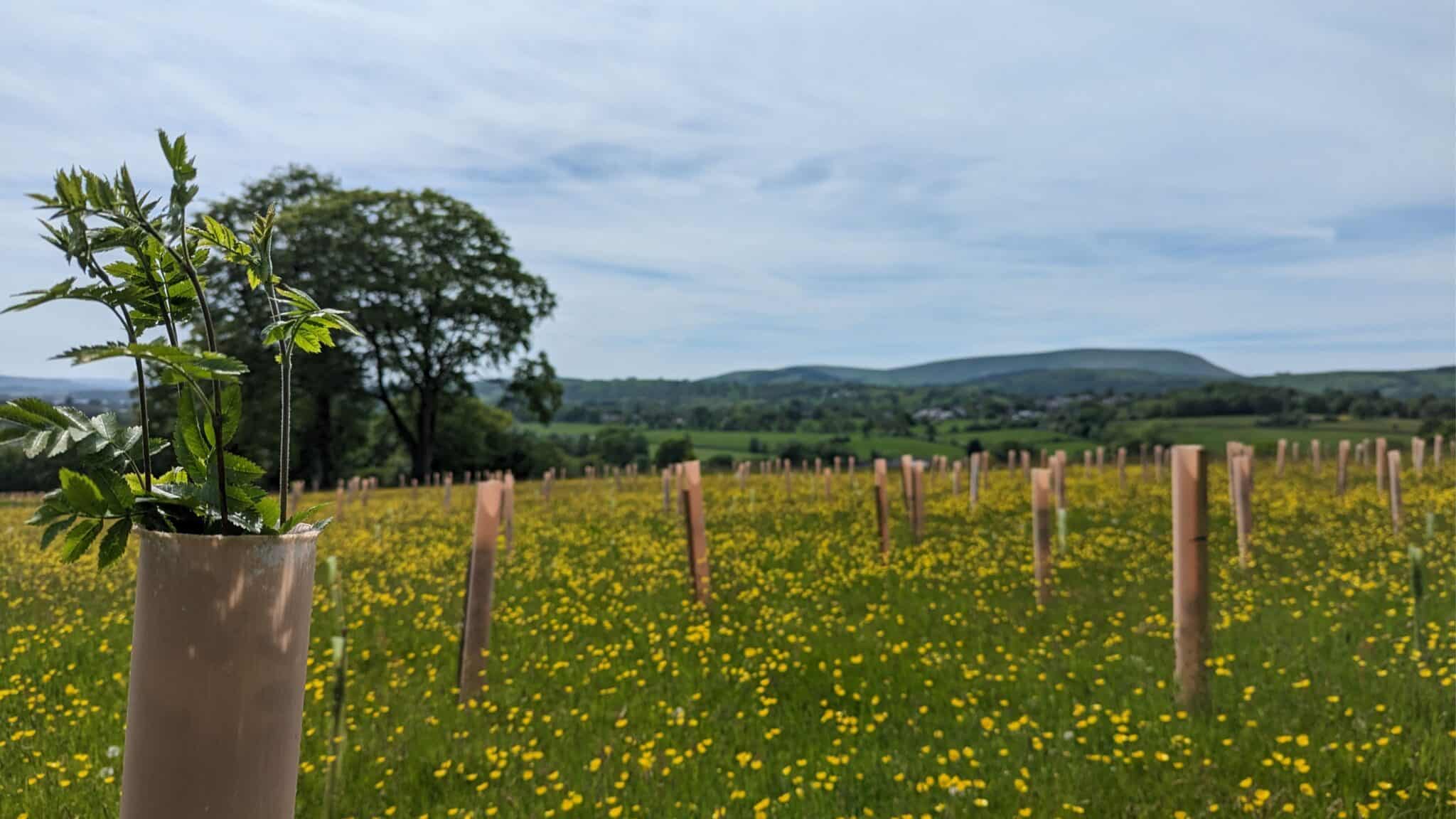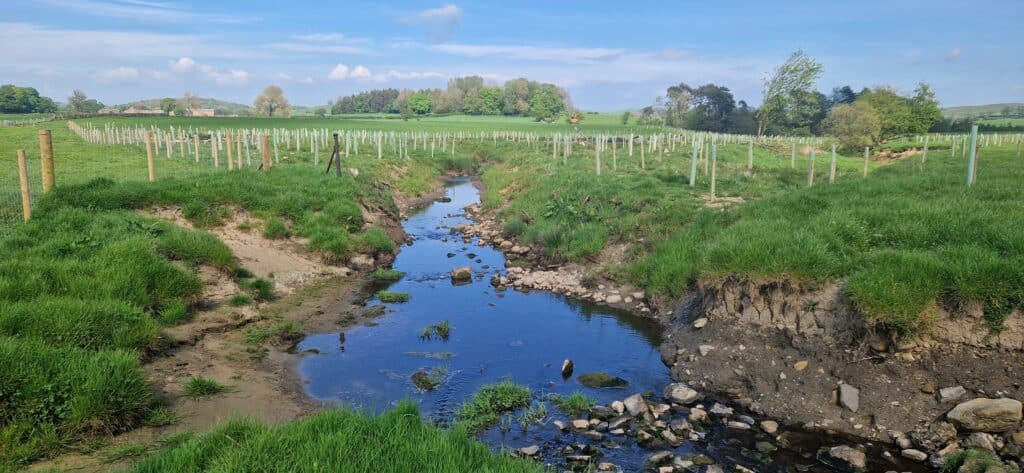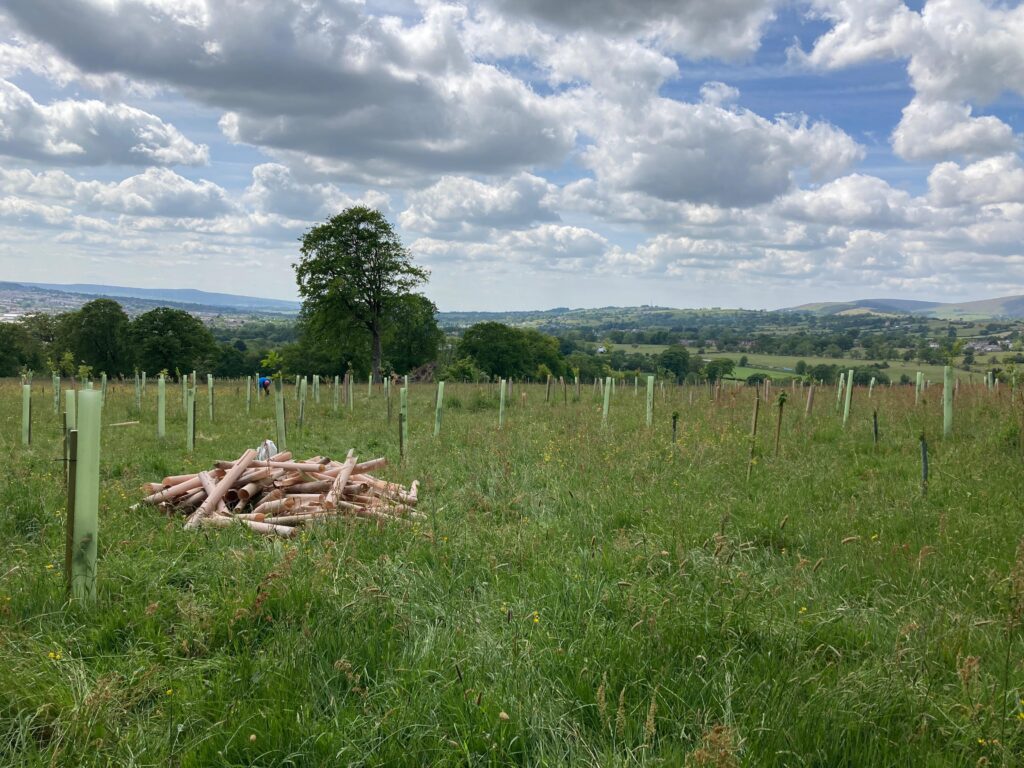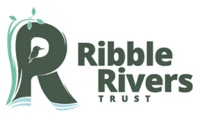
Woodlands and Rivers: The woodland creation cycle
Autumn is here, and that can only mean one thing- it’s time to start thinking about woodland creation! If you’re new to Ribble Rivers Trust then you might wonder, why does a Rivers Trust spends so much time planting trees? The answer is simple. If rivers are the heart of the natural world, connecting habitats and giving life to our landscapes, then trees are the lungs.
From a more scientific perspective, when our team first began to gather data on the issues facing our rivers, we realised that woodlands play a vital role in tackling almost every challenge our rivers face. Industrial, urban, and agricultural pollution, degraded habitats, flooding, and even drought can all be improved, to varying degrees, by planting the right trees in the right places.
Data driven decision making

The woodland creation programme is a continuous annual cycle. Our woodland team have a huge list of target areas for woodlands. These areas are places that our research shows that woodlands will be of particular benefit.
For example, many of our small streams provide the perfect habitat for young Atlantic salmon. But, the young fish are often washed away by spring floods. Planting trees close to these rivers can help to slow the flow of rainwater runoff, reduce the volume of water in the river channel, reduce the river flow speed, and provide in river habitat for fish to shelter in.
By targeting these priority sites, we make sure every one of our woodland creation projects deliver maximum value for people and wildlife.
Finding woodland creation sites
Throughout the spring we work closely with farmers and landowners in these target areas to explore woodland creation opportunities. One big advantage is that our team can guide farmers through grant applications to fund the work and help them to secure ongoing stewardship payments. Our team will also look for other ways we can help. This could be anything from installing rainwater storage systems and new guttering, to improving livestock drinking areas, fencing, and access routes.
Woodlands aren’t always the best option for each site though. When this is the case, we might suggest other projects such as wetlands.
Once landowners give us the go-ahead, the paperwork begins. Woodland management plans, maps, drawings, grant applications, permits, and purchasing all need to be completed before we can get a single tree in the ground. Whilst it might just seem like a bit of paperwork, it’s very in-depth. Some applications and permits can require a huge amount of paperwork and take months to complete from start to finish. The good news is that we handle it all, so farmers can keep focusing on farming!
Looking after young woodlands
As autumn approaches, the focus shifts to maintenance. This year, we’ve revisited over 60 sites, and everyone has its successes and failures. Weather, altitude, exposure, soil type, land use history, tree species, and guard types all play a part. However, across our woodlands we achieve an average tree survival rate of around 90%.
During the maintenance season, our team revisit sites to check how trees are doing. At woodlands where survival rates are lower, we look at what lessons can be learned to improve future planting schemes. We also carry out “beating up” (replacing any trees that didn’t survive), straighten guards, and give each woodland a little extra TLC to help it flourish.

woodland creation: the main event
When winter arrives and trees enter dormancy, the real action begins. This is planting season, when it’s all hands-on deck. This year, we’ll be planting over 40,000 trees- which simply wouldn’t be possible without our volunteers. These river heroes show up in all weathers, from driving rain and snow to crisp winter sunshine.
At this stage, the trees are only around 30-60cm tall, making the planting itself pretty easy work. For each tree, we turn over a small square of soil with a spade, make a slit in the soil, plant the tree carefully, gently pressing the soil around the tree, then hammer in a stake and tie on a guard. It’s truly one of the most rewarding things you can do for nature.
How can you help?
There are lots of ways you can help! From becoming a volunteer or a citizen scientist, making a donation or becoming a supporter, and even dedicating a tree to our Lancashire Woodland Connect campaign. Even following us on social media and taking time to share our content can make a difference!

Rivers are at the heart of our local landscapes. Whether you’re casting a line, exploring a riverside trail, or simply basking in the beauty of nature, you can help protect these special places now, and for generations to come.
By becoming a Ribble Rivers Trust supporter for just £3 a month, you’ll be funding real, on-the-ground action.
Ready to make a difference? Learn more here: ribbletrust.org.uk/become-a-supporter

